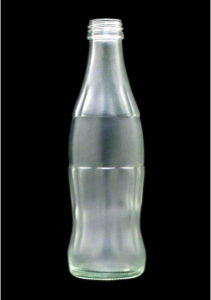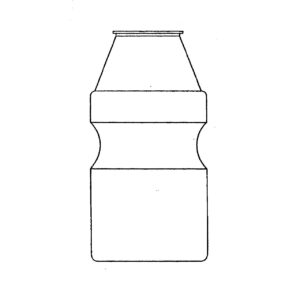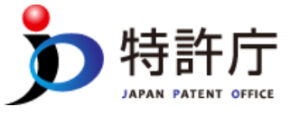Overview of confusion-causing acts
The act of confusing with another person's product display (product, sales, etc.) is an act of unfair competition as an act of causing confusion.
If the act of causing confusion and the proceedings are recognized, you can injunction and compensation for damages to the other person who is confused.
Articles of confusion-inducing acts (Article 2, Paragraph 1, Item 1 of the Unfair Competition Prevention Law)
It is widely recognized among consumers as a display of other people's products, etc. (meaning that the name, trade name, trademark, mark, container or packaging of the product or other product or business related to the business of the person is displayed. The same shall apply hereinafter). Use the same or similar product label as the one you have, or transfer, deliver, transfer or display, export, import, or through a telecommunications line the product using that product label. Acts that provide and cause confusion with other people's products or sales (Unfair Competition Prevention Law, Article 2, Paragraph 1, Item 1)
Requirements to be recognized as a cause of confusion
In order to be recognized as an act of causing confusion, it is necessary that (1) it is a product label, (2) it is widely recognized (known) by consumers, (3) it is the same or similar product label, and (4) it causes confusion.
① What is product display?
The product display is a display that indicates the source of the product or the entity of the business, and specifically refers to the name, trade name, trademark, mark, container of the product, etc. related to the business of a person.
The trademark does not have to be registered.
The product display must have the discriminating power of self and others and the source display function.
The display is merely a display of the purpose and content, and if it does not have the discriminating power of self and others and the source display function, it does not correspond to the display of products, etc.
The container / packaging of a product does not originally indicate the source, but after many years of use, it may function as a display indicating the source of the product.
For example, Coca-Cola bottles and Yakult containers can be said to function as a source indicator after many years of use.

Registration No. 5225619 Image is quoted from J-PiatPat

Registration 4182141 Image is quoted from J-PiatPat
Coca-Cola bottles and Yakult containers are also registered as three-dimensional trademarks.
In addition, as packaging containers, cans of butter candy and packaging of instant tanmen are permitted in the proceedings as labeling of products.
The form of the product may also function as a display indicating the source of the product.
Some personal computers (Apple Computer's iMAC) and eyeglass frames have been approved in the proceedings as product displays.
(2) What is widely recognized (well-known) by consumers?
It is said that the degree of recognition is good in one region even if it does not reach the national level in Japan.
A consumer refers to the other party to the transaction of the product, etc., and includes the traders at each stage up to the final consumer.
③ What is the display of similar products?
In case law, whether or not they are similar is that the trader or the consumer is totally similar to each other based on the appearance, name, or idea-based impression, memory, association, etc. of both displays based on the actual situation of the transaction. It is reasonable to make a judgment based on whether or not there is a risk of receiving it as a thing.
④ What is causing confusion?
Confusion does not have to actually occur, and it is sufficient if there is a risk of confusion.
Trademark Law and Unfair Competition Prevention Law
For example, consider the following when someone else uses the same or similar naming as yours (eg, store name, product name, service name).
If you have a trademark right
If you have a trademark right, (1) the naming of another person is the same as or similar to the registered trademark, and (2) another person uses it for the same or similar designated goods / designated services as the registered trademark. If so, it will be an infringement of the trademark right.
If you send a content certification mail in the name of a patent attorney or a lawyer to another person who uses the same or similar naming as your own name, which is the above (1) and (2) and the content that stops the use, the other person Thinks that they often stop using that naming.
If you do not have a trademark right
In this case, the Unfair Competition Prevention Law must be used.
It would be good if the other party acknowledges and stops the unfair competition, but if it does not stop, the proceedings must prove the other party's unfair competition.
Of these proofs, I think it is difficult to prove that they are widely recognized (well-known) by consumers.
The following are examples of proof of well-knownness.
(1) Materials related to the sales period, sales volume, and advertising volume of products related to the plaintiff's product display
(2) Materials related to market size and market share, newspaper and magazine articles about plaintiff products, etc.
(3) Questionnaire survey conducted by an appropriate method
When it comes to proceedings, it costs a lot of money and time.
We recommend that you acquire a trademark right instead of relying on the Unfair Competition Law.










